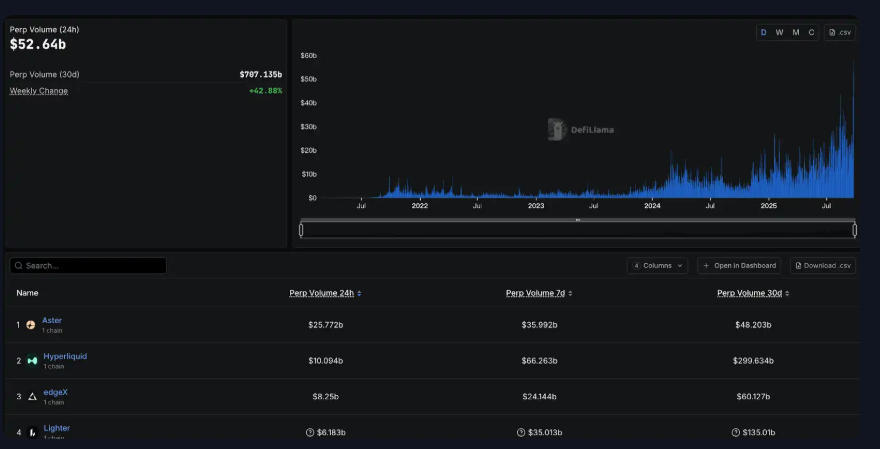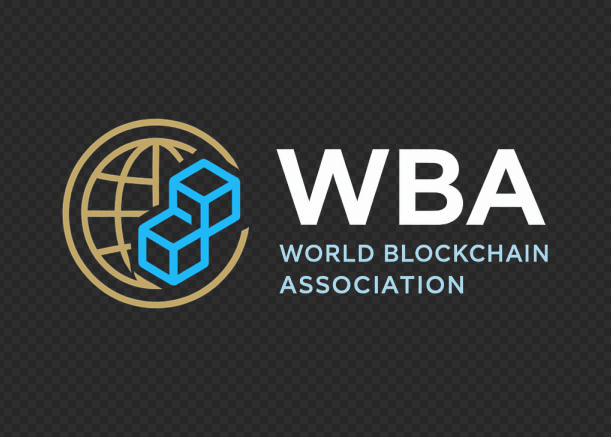
September 26, 2025
The World Blockchain Association (WBA) reports that the launch of Plasma’s native token, XPL, has captured global attention across the cryptocurrency community. Following its listing on September 25, XPL quickly surged to $1.60 in early trading, rewarding not only presale participants but also early depositors who benefited from generous airdrop campaigns. With leading exchanges such as Binance Alpha offering up to $220 worth of XPL through promotional events, Plasma has positioned itself as one of the most aggressive token launches of 2025.
Beyond initial market excitement, Plasma has rolled out a seven-day liquidity mining and incentive program, running until October 2. This program spans key decentralized finance (DeFi) platforms such as Aave, Euler, Fluid, Curve, and Veda, offering participants lucrative opportunities to earn WXPL rewards by depositing stablecoins or participating in lending vaults.
According to the World Blockchain Association, this initiative exemplifies how tokenization strategies and liquidity mining continue to shape the Web3 economy, despite broader volatility in the cryptocurrency market. Plasma’s “all-inclusive” reward system ensures that both institutional investors and retail users can benefit, further stimulating adoption across the DeFi landscape.
Preparing for Plasma Mining
Before participating, users must complete a few critical steps. First, assets such as USDT must be bridged via Stargate to the Plasma mainnet, where they are converted into USDT0—a wrapped form required for staking. Additionally, participants will need a small amount of XPL to cover gas fees, which operate on an EVM-compatible framework.
The mining program relies heavily on Merkl, a reward-tracking dashboard that automatically calculates yields based on deposit size and duration. Users can claim their rewards manually at regular intervals, simplifying participation compared to more complex yield farming systems seen elsewhere in DeFi.
Key Pools and Their Reward Structures
WBA’s analysis highlights five leading Plasma-linked mining pools, each offering distinct yield profiles.
1. PlasmaUSD Vault (Veda Protocol)
Launched directly by Plasma in partnership with Veda, the PlasmaUSD Vault issues WXPL rewards to participants who deposit USDT0 or USDT. While only a Lending Vault is currently live, Plasma has confirmed plans to introduce a Basis Trade Vault in the future.
- APY: ~34.36%
- Daily rewards: ~$1.4 million
- Lockup: 48-hour withdrawal cooling period for borrowed USDT0
- Note: $1 million in incentives will only last until September 29, creating urgency for early participants.
2. Aave USDT0 Lending
Depositing USDT0 through Aave provides another route to earning WXPL.
- TVL: $1.7 billion deposited
- Combined APY: ~21.33% (3.19% protocol + 18.15% WXPL)
- Daily rewards: ~$700,000 in XPL
- Advantage: Users can withdraw anytime, provided they hold no outstanding USDT0 or USDe debt.
This flexible structure makes Aave’s pool especially attractive for traders seeking liquid exposure to Plasma’s incentives without committing to long lockups.
3. Euler K3 Capital USDT0 Vault
Within Plasma’s deployment on Euler, the K3 Capital-managed Vault offers a balance of risk and return.
- APY: ~27%
- Daily rewards: ~$55,000 in WXPL
- Mechanism: Straightforward deposits of USDT0 into the Vault enable users to participate in incentive mining without complex strategies.
4. Euler Re7 Core USDT0 Vault
The Re7 Core Vault, also operating under Euler, focuses on capital-efficient lending models.
- APY: ~30.43%
- Daily rewards: ~$35,000 in XPL
- Appeal: Lower TVL compared to Aave, making it more suitable for retail investors who prefer higher relative yields in smaller pools.
5. Fluid fUSDT0 Vault
The Fluid Protocol takes a more layered approach to yield farming.
- Strategy: Users can deposit USDT0, USDe, or ETH, then use USDai and USDTO as collateral to borrow USDT0.
- APY: ~24–25% depending on leverage structure
- Risk Factor: Borrowing rates currently hover at ~3%, but could spike if lending demand rises, compressing net yields.
WBA notes that while Fluid offers attractive compounded strategies, participants must carefully monitor borrowing costs to avoid diminishing returns.
Strategic Takeaways
The World Blockchain Association highlights several strategic insights from Plasma’s program:
- Aggressive Token Distribution: Plasma’s $10 million incentive plan underscores how token issuers increasingly use “universal airdrops” and liquidity rewards to bootstrap adoption. This mirrors strategies seen in earlier DeFi booms, yet with more structured tracking via platforms like Merkl.
- Stablecoin-Centric DeFi: Nearly all incentive pools revolve around Stablecoins (USDT, USDe, USDai)—reinforcing the central role of stable digital assets in both liquidity provisioning and user onboarding.
- Opportunities for Retail & Institutions: Whether through Aave’s flexible withdrawals or Euler’s smaller TVL pools, Plasma caters to both sophisticated investors and casual DeFi users, reflecting the democratization of yield opportunities in Web3 ecosystems.
- Risks Remain: While yields appear attractive—some exceeding 35% APR—users face potential challenges such as withdrawal delays, rising borrow rates, and market volatility that could affect XPL’s long-term value.
Industry Context
WBA emphasizes that Plasma’s launch occurs amid a challenging cryptocurrency market, where Bitcoin and Ethereum remain volatile and DeFi projects face intense competition for liquidity. Nonetheless, Plasma’s incentive-driven model highlights how innovation in Tokenization, DAO-driven governance, and incentive alignment can keep the sector dynamic.
As the NFT and DAO segments continue to evolve, projects like Plasma demonstrate the expanding utility of blockchain beyond speculative trading. By tying stablecoin liquidity to reward-driven ecosystems, DeFi protocols are positioning themselves as foundational elements of the next digital economy.
Conclusion
According to the World Blockchain Association, Plasma’s incentive campaign offers a compelling case study in how cryptocurrency projects are leveraging DeFi, Web3 mechanics, and stablecoin ecosystems to capture market share. The combination of wide-scale airdrops, liquidity rewards, and vault-based mining pools provides opportunities for both large-scale institutions and retail investors, though users must carefully weigh yield against associated risks.
WBA will continue to monitor developments in the Plasma ecosystem, including whether its incentive structures sustain beyond October 2, and how XPL’s market performance evolves amid ongoing volatility in global cryptocurrency markets.
About the World Blockchain Association
The World Blockchain Association (WBA) is a global organization dedicated to advancing knowledge, policy dialogue, and innovation in blockchain and digital finance. As a leader in the blockchain and cryptocurrency space, the WBA provides stakeholders with trusted insights at the intersection of technology, regulation, and global economic trends through research, reporting, and thought leadership.






